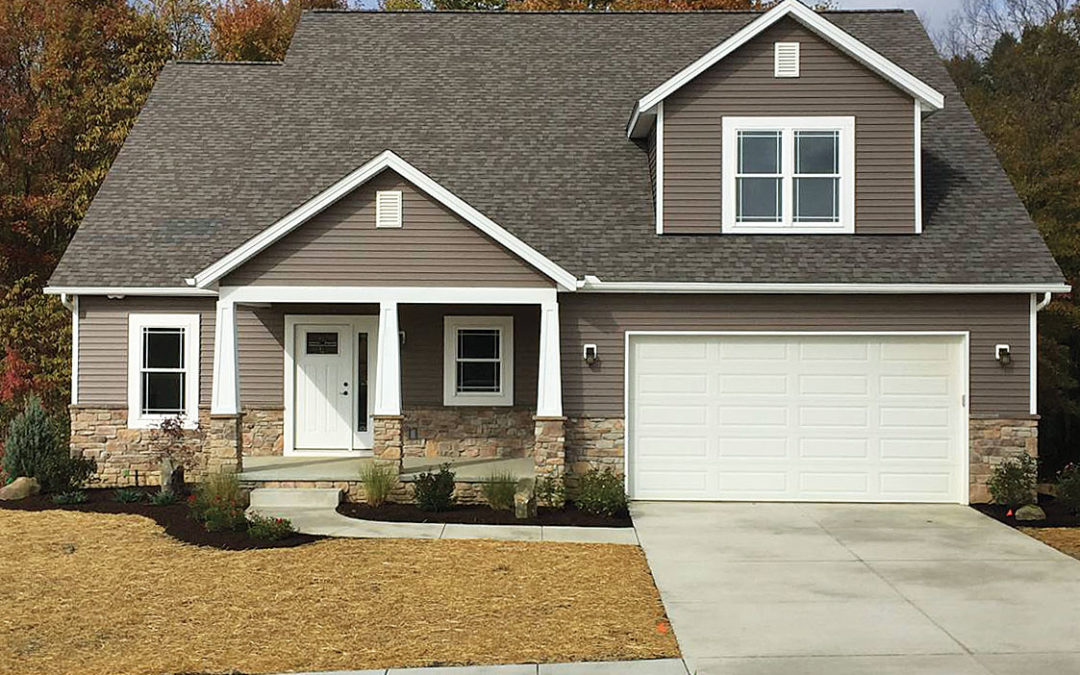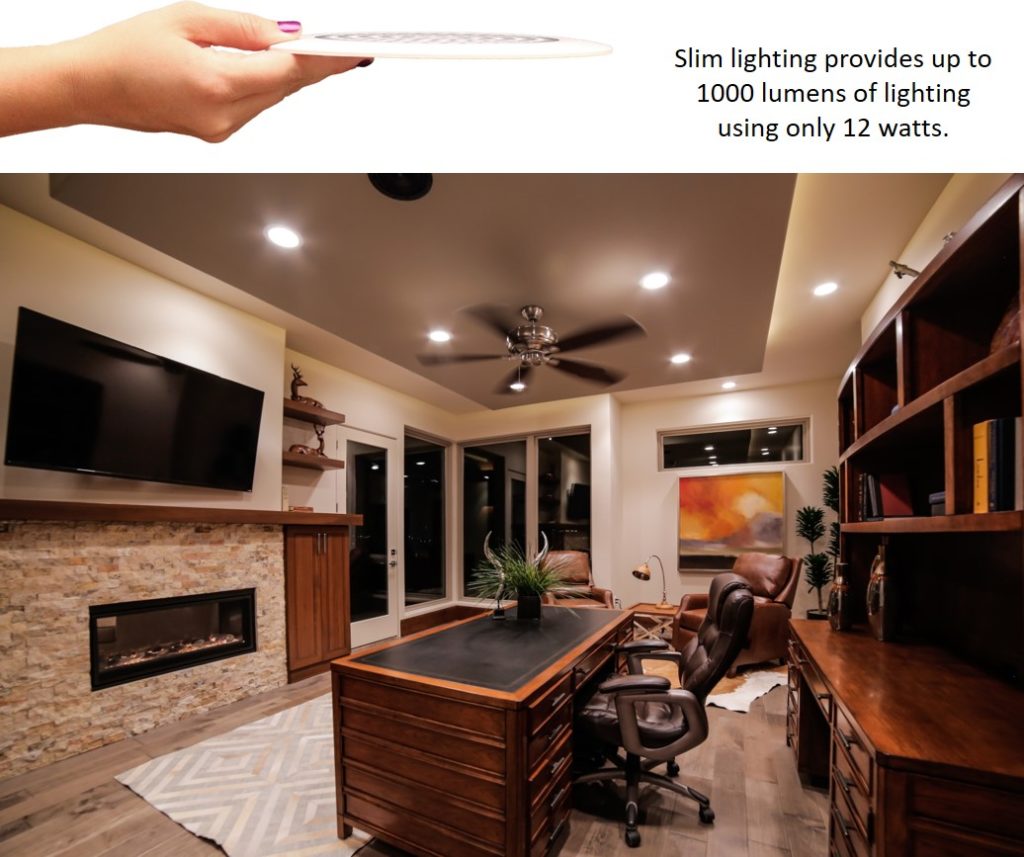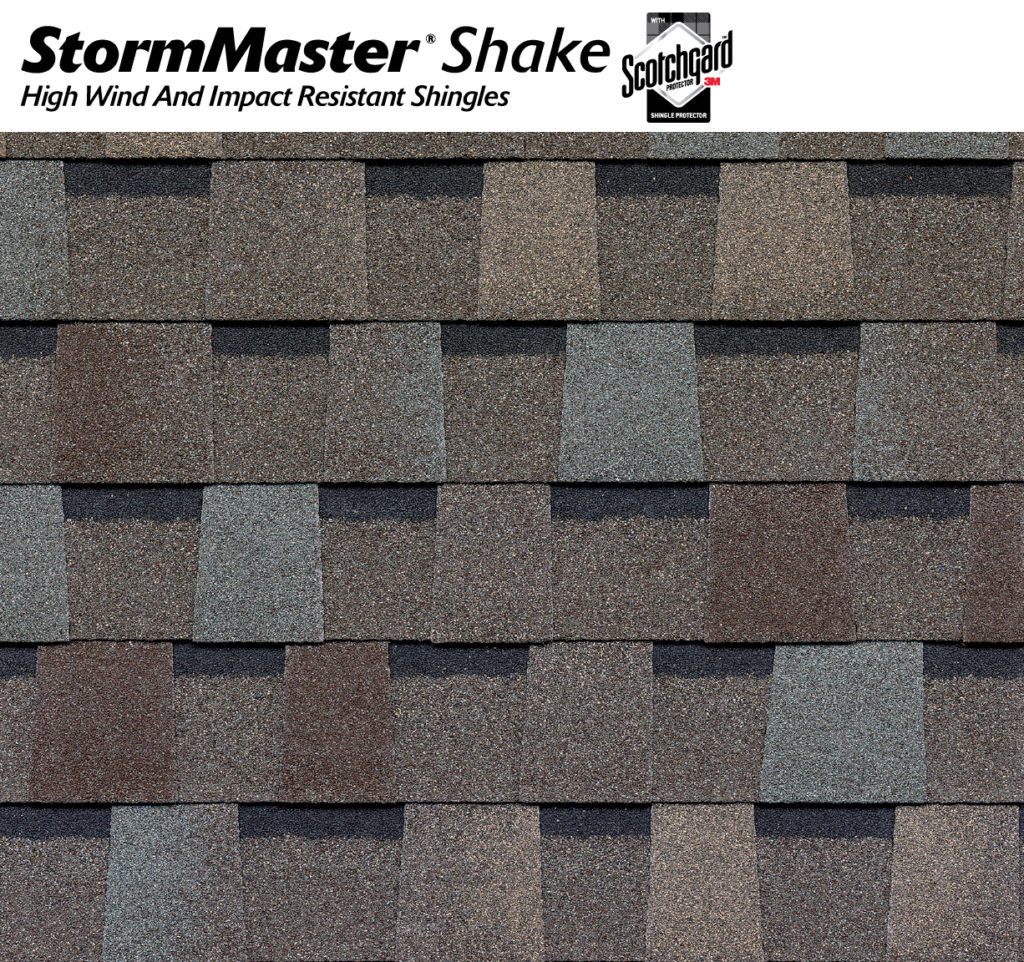How your choices affect the cost of your new home.
“People don’t buy a new home because of the energy efficiency, though they’ll brag about that later,” according to home builder Hugh Fisher in Warwick, Rhode Island, referring to his net zero-energy ready homes at Wynfield Place. Bragging rights extend beyond tiny utility bills of the homes at Wynfield Place to the related benefits of improved comfort (no drafts, quieter); and a healthier home with improved indoor air quality, due in part to the tighter construction and also because there are no byproducts from fossil fuels (natural gas or heating oil) being burned.
Achieving a super energy-efficient home essentially boils down to three elements: energy-efficient construction; energy-saving products; and to get all the way to net zero-energy, a system such as solar, which can generate as much power as the home needs. Previously, we addressed energy-efficient construction, such as SIP and ICF building systems, high-performance air sealing and insultation, windows, etc. Now let’s look at products you choose for your home.
Heating and cooling your home can account for over 46% of your utility bills as reported on the directenergy.com website. Natural gas is the most common fuel, followed by electric heat, which is considerably more expensive to operate. Compared with a standard 80% efficient gas furnace, a 90% efficient furnace may save you around $100 per year for a 2,000 sq. ft. home, and a 95% efficient furnace might save $150 per year. But your home’s energy-efficient construction, your climate, size of home, and personal preferences play a large role in the amount of energy you will use. If a 95% efficient furnace is $1,000 higher than the 80% efficient furnace, that $150 annual savings becomes about a 7-year payback based on utility savings. Still, the more energy-efficient furnaces are typically higher quality and expected to last longer, so delaying replacement expenses helps offset the higher purchase price. And with the very efficient furnace, your home might be favored when it comes time to resell.
Water heating is often the second largest consumption of energy in the home.
Annual operating costs for a 50-gallon standard natural gas water heater averages $309 per year, with comparable electric water heater averaging $626 per year to run, according to the U.S. Department of Energy. While standard “tank-type” water heaters keep their tanks full of hot water 24/7, tankless water heaters heat the water on demand. Super-efficient tankless water heaters can be several hundred to about one thousand dollars higher than their tank-type counterparts but save $108/year in energy costs on average.
As with furnaces, the more efficient tankless water heaters are expected to last longer (20 years) as compared to 10 years for a tank-type heater, so factoring in replacement costs, tankless water heaters often make financial sense. Plus, heating water on demand, you never run out of hot water. Solar water heating is gaining traction, but Solar’s average installed cost of $3,422 (Angie’s List) can be double the installed costs of other water heaters. That’s a 7-10 year payback for solar water heating compared to standard natural gas water heaters, or a 3-5 year payback when compared to electric water heating.
Appliances use almost as much energy in the average U.S. household as water heating. Fortunately, comparing energy consumption across models is fairly easy with the Energy Guide labels.
Lighting, the other main category for household energy consumption, is estimated to account for 10% of your utility usage. LED lighting has dropped so much in cost and the LED bulbs last so long that choosing LED lighting is a no-brainer, though the color temperature of the LED bulb should be taken into consideration when buying.
Photo courtesy: iLumigreen (Click on image to enlarge.)
The nine residences at Wynfield Place were built net zero-energy ready, getting all the way to net zero-energy meant adding a $25,000 – $30,000 solar shingle system to the homes. But due to these homes’ already low energy consumption, the incremental energy savings from the solar shingles could not cash flow vs. the added hit to the monthly mortgage, so the solar shingles were optional.
Fortunately, making energy efficient choices goes hand-in-hand with earth-friendly choices. According to the energystar.gov website, “More than 60% of U.S. electricity is generated by burning coal and natural gas, which releases greenhouse gases and other pollutants into the atmosphere.” Simply, the most environmentally friendly thing you can do in a new home is to make some of the energy-efficient choices above. That’s true for conserving clean water, too. On-demand water heaters often deliver hot water to your faucets and showerheads quicker than tank-type systems, meaning less water down the drain waiting for hot water. Similarly, many of more energy efficient dishwashers and clothes washers use less water in addition to less electricity.
Longer-lasting product choices are generally better for the environment. Roofing choices that last 40- or 50-years don’t end up in landfills nearly as quickly as cheaper shingles. Selecting paint that’s scrubbable means the occasional cleaning rather than repainting. And, some product choices have recycled-content options. Several manufacturers offer carpeting made from recycled plastic bottles that is priced competitively with nylon carpet. Recycled glass tile options and even countertops can be beautiful alternatives.
Photo courtesy of Atlas Roofing – Class 4 Impact Rated StormMaster® Shake Style Shingles (Click on image to enlarge.)
So, there are numerous reasons to feel good about making wise, energy-smart, and environmentally-friendly product choices, starting with the fact that some of them may actually reduce your total monthly cost of home ownership due to energy or insurance savings. Some may increase your home’s resale value, recouping that additional initial investment when you sell your home. And all the while, you’ll know you made a difference in creating a healthier planet for our kids and grandkids.
Still, sometimes these energy wise and green building choices require trade-offs. To meet your budget, you may have to choose between investing in added energy efficiency or, say, that chef-inspired kitchen you’ve been dreaming of. Then there’s your home’s appraisal value. Perhaps all of the energy efficient upgrades add $15,000 to your home’s price, but aren’t reflected in your appraisal, which comes in $7,000 less than where it needs to be for your mortgage. Behind the drywall, that high-performance insulation is a “hidden asset” the appraiser doesn’t see. It is imperative the appraiser becomes aware of these added measures.
Energy and the environment are two lenses used to look at high performance homes. Next time we turn our attention to choices to create healthier homes.
For more resources on thoughtful design and products:
- Visit our blog
- Browse our Her Home™ Magazine
- Thoughtful Design Concepts
- Homebuilding Gets a Energy-Efficient Makeover
(Product spotlights are for informational purposes only.)
Cover image: The Bassett (plan #42240) as built by Big Sky Homes using Insulated Concrete Forms (ICF) construction technology.


